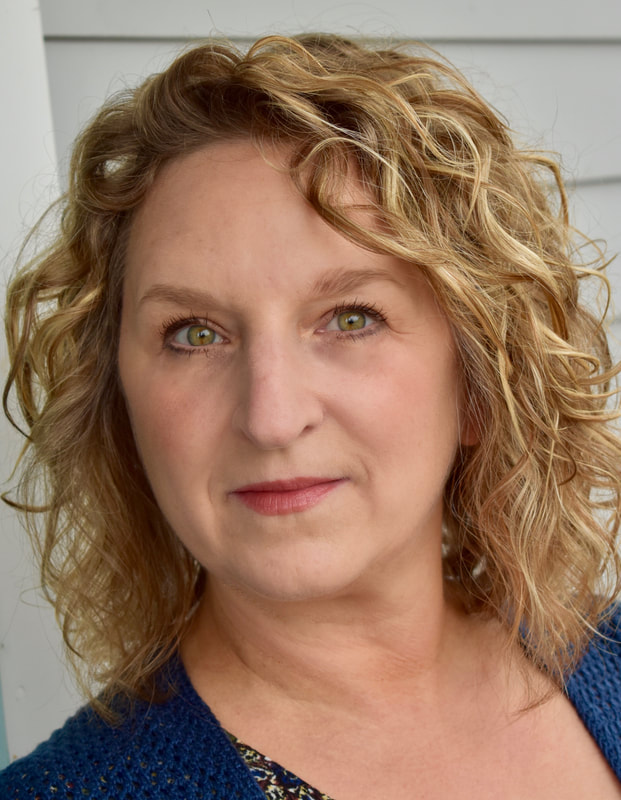Reading Literacy: it starts at birth
Today? Today, I go back to basics — ABCs and 123s.
What came first? I'd like to say ABCs. Without basic literacy—the ability to read or write—it would be nearly impossible for a child to understand a math problem. Without basic literacy, children would struggle with every other subject in elementary school. As an adult, he or she may not be able to order food from a menu, get a driver's license, be eligible for college, sign a check, know how much a shirt costs at Target ... or even know if their own child is dyslexic.
Certainly, they would not be able to read a great American classic. And that's a shame.
When I lived in the Pittsburgh area for over 20 years, I spent a good bit of my time advocating for early childhood literacy. I ran a couple of district-wide fundraisers to bring thousands of dollars worth of books into Penn-Trafford School District's five elementary schools and served as library aide for one elementary library for about five years, prior to becoming a news reporter for a community paper. I ran the library, autonomously, four days a week, every week, for kiddos in Kindergarten through fifth grade. We rhymed with Dr. Seuss, climbed a magic treehouse, got tangled up in Charlotte's web, and even hopped aboard the Hogwarts Express.
It was, decidedly, one of the most rewarding times of my life.
I am most proud of my past efforts to get non-readers interested in reading. Library mascot Buddy the Bookworm and I challenged the students to read 4,000 books, as a school, in my first year in the library. By the time I "retired," those students were reading more than 10,000 titles annually, schoolwide. I spent an entire day on the roof of the library, bundled up with umbrella in hand, as classes stood in the bus loop, between raindrops, to hear me recite "The Cat in the Hat" as my "punishment" for all that reading.
The memory brings tears to my eyes.
Those kids taught me what hard work means, and, hopefully, I taught them the value of a good book.
That lesson must be taught as young as a parent can possibly teach it—from birth, if at all possible. That is why I am very excited to support the statewide Ohio Governor's Imagination Library (OGIL), in coordination with Dolly Parton's Imagination Library, which can be found worldwide.
As a Port Clinton Rotarian, I recently served in a publicity capacity on the Ottawa County, OH, Imagination Library steering committee, helping to bring United Way's OGIL program to area children. I highly encourage anyone with a child—birth to age five—to register to receive FREE monthly books, because early literacy is the key to later success.
Start your child's reading journey!
A passion project of Ohio Gov. Mike DeWine and First Lady Fran DeWine, OGIL provides children from birth up to age five, regardless of family income, with a new book each month at NO COST to the parent or provider. Studies have shown that improving early literacy leads to better education and training, improved employment outcomes, less poverty, and reduced crime. The books, which are mailed directly to each child, are selected by a panel of early childhood literacy experts.
To enroll a child in Ohio Governor's Imagination Library in Ottawa County, OH, visit https://www.unitedwaytoledo.org/take-action/united-way-in-ottawa-county/ and click on the “Register Now” tab.
Anyone interested in supporting this cause may contact United Way in Ottawa County, 419-734-6654, [email protected]. OGIL matches all community funds raised, dollar for dollar. Every $1.05 donated provides one new book for a child.
READ early and read often!
#ImaginationLibrary #AmReading #BooksForKids #DollyParton #UnitedWay
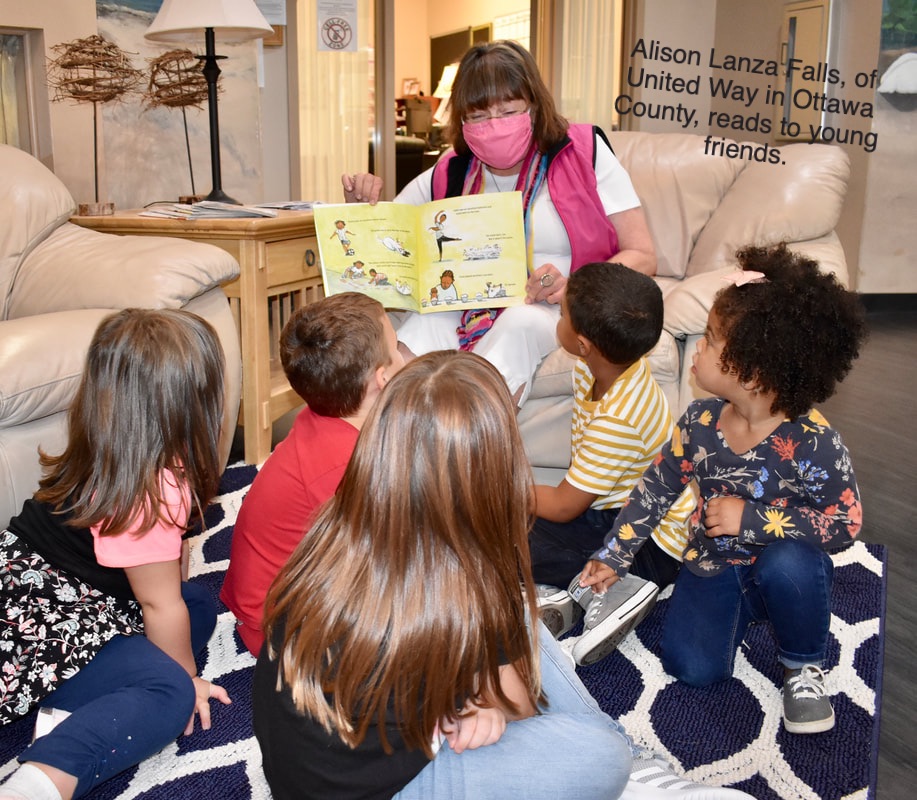


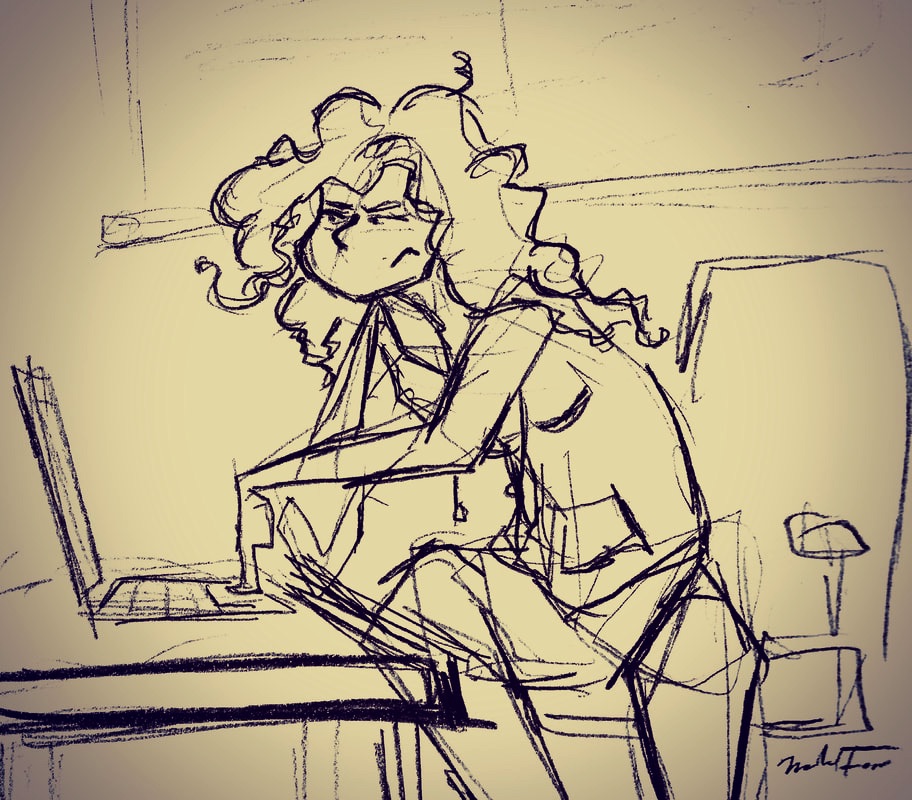





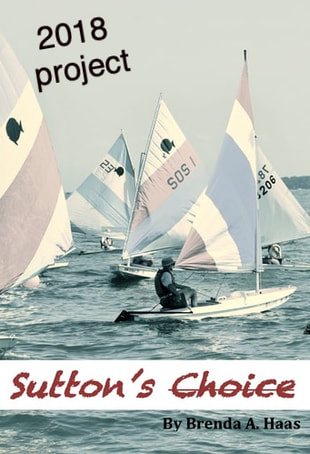
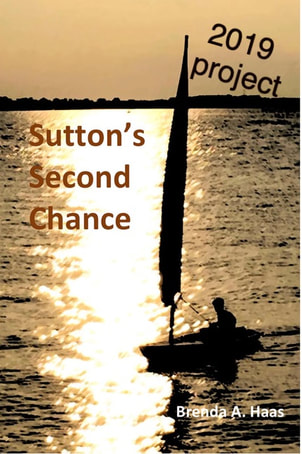

 RSS Feed
RSS Feed
